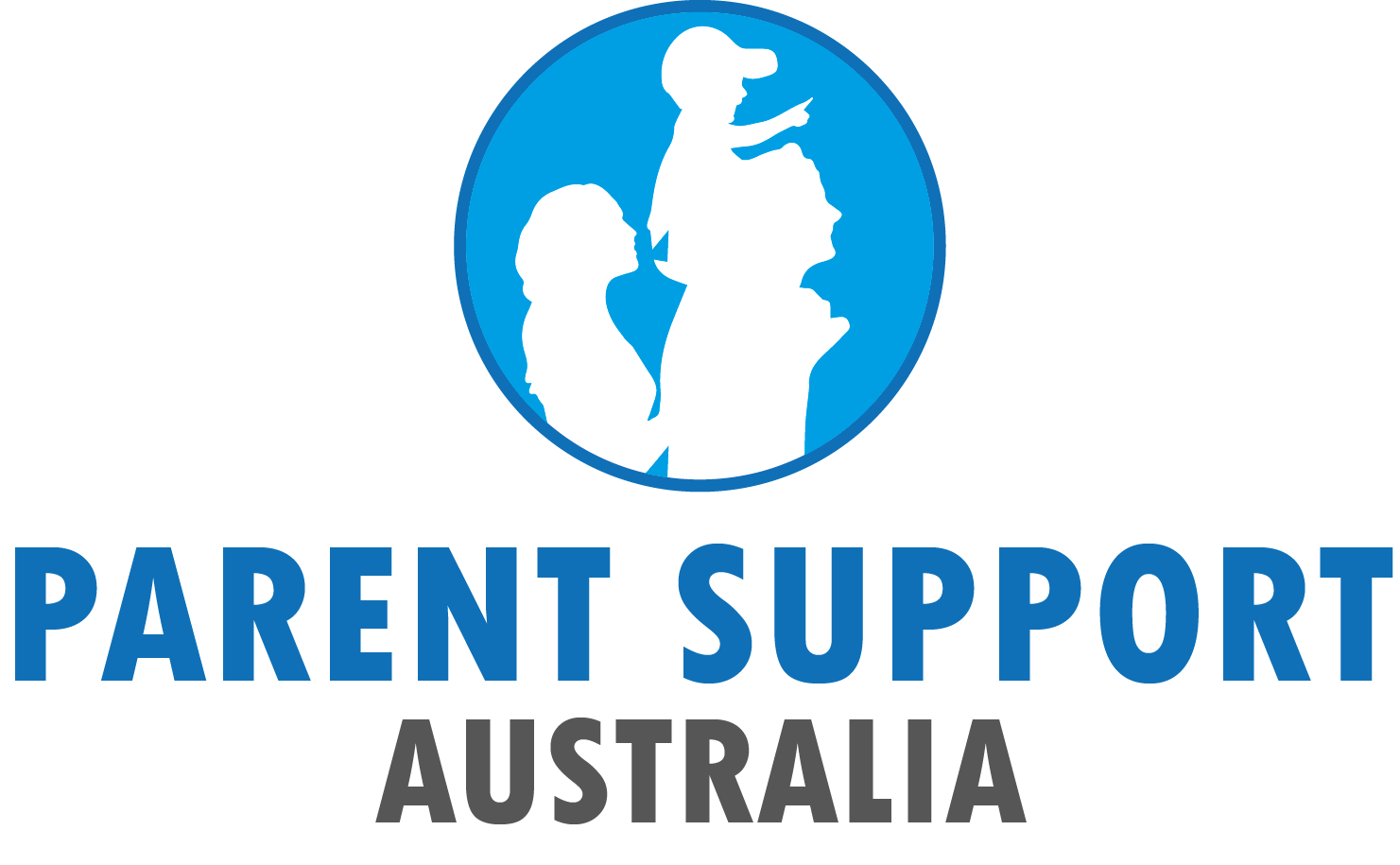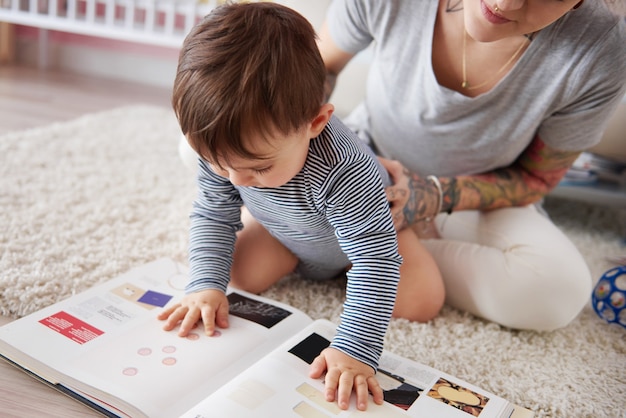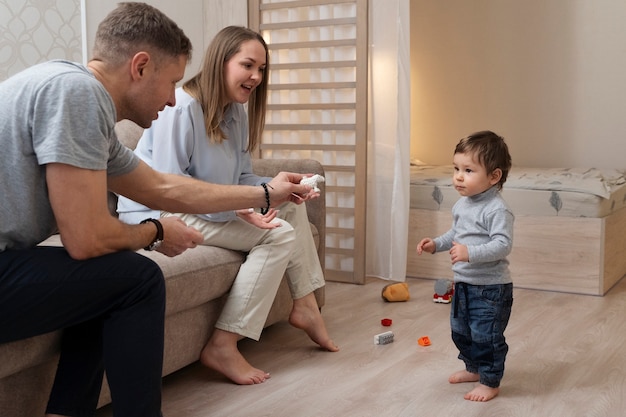Hello, amazing carers and parents! If you are here, you most likely want the greatest strategies to help your child flourish. You are in the right place, then. Parenting for Development has become rather important in the hectic environment of today. This method emphasises encouraging cognitive and emotional development to enable your child to be smart and confident. It’s about growing emotionally strong and socially savvy children as much as it is about academic success. I’ll go over five key ideas in this post that will help make your parenting path much different.
Research and actual experience support these ideas, which centre on strengthening parent-child interactions, encouraging good discipline, improving cognitive skills, supporting emotional growth, and fostering social competency. These techniques will give you useful insights to enable your child to flourish regardless of your level of new parent or desire to improve your parenting approach. So, let’s get right in and investigate how you might use good parenting for development to produce intelligent and confident children. Trust me; the road will be interesting and fulfilling.
Encourage a Close Parent-Child Relationship

Establishing a close parent-child bond is among the most important components of parenting for growth. Child psychologists say that the nature of this relationship can have a major impact on the cognitive and emotional development of your child.
Value of Quality Time
Spending quality time with your child comes before the quantity of time. Participate in activities your child and you find fun. These times, whether they involve reading a book, playing a game, or just chatting about their day, build a close relationship and provide comfort.
Essential is Communication
Crucially, open and honest communication helps your youngster to communicate their ideas and emotions. Pay great attention and validate their feelings. This improves not just your relationship but also your language and social skills development.
Activities in Mindfulness
Add daily mindfulness exercises to your calendar. Deep breathing, meditation, and attentive listening, among other techniques, can help your child build emotional resilience and control stress. Mindfulness exercises are quite successful in helping youngsters to maintain mental health and well-being, claims Psychology Today.
Support Constructive Discipline
Although it’s a required aspect of parenting, discipline should be handled in a constructive and good manner. Positive discipline emphasises teaching and mentoring above punishment.
Specify Strong Limitations
Provide consistent, unambiguous guidelines. Children flourish in surroundings where they know their actions have limits and results. The CDC claims that enforcing strict restrictions helps youngsters feel safe and grasp what is expected of them.
Apply Positive Reinforcement
Praise and positive reinforcement help to reward good behaviour. This motivates your youngster to keep acting in such a manner. For instance, emphasise what they did properly and how pleased you are with their efforts instead of emphasising their mistakes.
Teach Abilities for Solving Problems
When your youngster mistakes, seize the chance to teach problem-solving techniques. Talk about what happened, why it happened, and how they might choose differently going forward. This method assists them to improve their critical and cognitive abilities.
Support Cognitive Development
Cognitive growth goes beyond just academic learning. It covers many abilities like creativity, critical thinking, and problem-solving.
Participate in Instructional Events
Plan everyday activities, including educational ones. Fun and intellectual stimulation can abound from puzzles, board games, and instructional apps. These pursuits test your child’s mental capacity and advance cognitive growth.
Promote Investigative Interest

Urge your child to follow their interests and probe enquiries. Encouragement of their curiosity can result in a lifetime of love of learning, whether via books, movies, or practical experiments.
Read Together
Among the best strategies to increase cognitive ability is reading. Establish a daily reading schedule. Select intriguing and age-appropriate literature. Talk about the stories, probe your child, and inspire them to offer ideas.
Athletic Exercise
Never undervaluate the influence of physical activity. Exercise improves cognitive ability in addition to physical wellness. Promote sports, dance, and even a basic stroll in the park. Health experts claim that children’s memory and concentration improve with increasing physical exercise.
Encourage Personal Growth and Emotionally
Just as vital as cognitive development is emotional growth. It entails developing empathy, knowing and controlling emotions, and creating positive relationships.
Emotional Intelligence as Model
Children pick skills from seeing their parents by properly controlling their own emotions and modelling emotional intelligence. Show empathy, work on active listening, and communicate your emotions sensibly. This model is good for your youngster.
Instruction on Emotional Control
Guide your child in controlling and comprehending their feelings. Talk about emotions using age-appropriate terminology, then provide coping mechanisms. Deep breathing, counting to 10, and “I” statements are among the quite successful techniques available.
Create a Safe Environment
Make your child’s surroundings safe so they may communicate their emotions. Motivational them to discuss their emotions freely without regard for judgement or consequences. This advances emotional well-being and creates security.
Activities for Positive Parenting
Participate in positive parenting activities with an eye towards emotional resilience. These activities could call for family talks about emotions and experiences, positive affirmations, and gratitude notebooks.
Encourage Social Skills
Building relationships and negotiating social settings call for social skills. These cover dispute resolution, cooperation, and communication.
Promote Social Exchange
Give your child chances for peer interaction. Excellent means to improve social skills are playdates, group projects, and team sports. These exchanges help your child to share, communicate, and cooperate with others.
Promote Empathy
An absolutely vital social ability is empathy. Help your youngster to relate to and grasp the emotions of others. Talk about several points of view and inspire them to think through how their behaviour influences others. This promotes kindness and empathy.
Role-Playing
One interesting and successful approach to develop social skills is role-playing. Make settings where your youngster might learn several social skills, such conflict resolution or introduction to new people. This helps them to be more confident and ready for in-person contacts.
Positive Psychology
Add ideas from positive psychology to your parenting style. Emphasise your own talents, inspire good ideas, and acknowledge achievements. This method advances general well-being and social competency.
Finish: Parenting for Development: The Path
Parenting for development is an odyssey full of love, difficulties, and innumerable fulfilling events. Strong parent-child relationships, good discipline, cognitive and emotional growth encouragement, and social skills development will help you produce smart, confident, well-rounded children. Recall that no one-size-fits-all parenting strategy exists. Every child is different; what helps one might not help another. The secret is to be flexible, sympathetic, and quick response. Accept the trip, treasure the times, and believe you may help your child to travel towards a great and happy future. I appreciate you coming along to explore parenting for development. I hope these ideas inspired and were perceptive. Here’s to producing confident, content, and healthy children!




















